Working very near a window, take a series of 8 self portraits. Not Selfies. Each image should convey a mood or a feeling. Your photos should use light, expression and the relationship between you and the surroundings to be expressive. No props. If you have curtains or venetian blinds, you may use them as elements in the photos.
Expression is important but it isn’t everything. Consider the position of your head, if the background is light or dark, how much contrast there is to the light.
If you are very close to the window and there are no other lights on in the room, you should be able to create a shot with a black background and high contrast. The further away from the window you are, the more even the light will be and the lower the contrast will be.
Variables to experiment with:
- Head position: front view, 3/4 view, profile
- looking at the camera and looking away from the camera
- high and low contrast
- low key and high key – (most of the tones are light or most of the tones are dark)
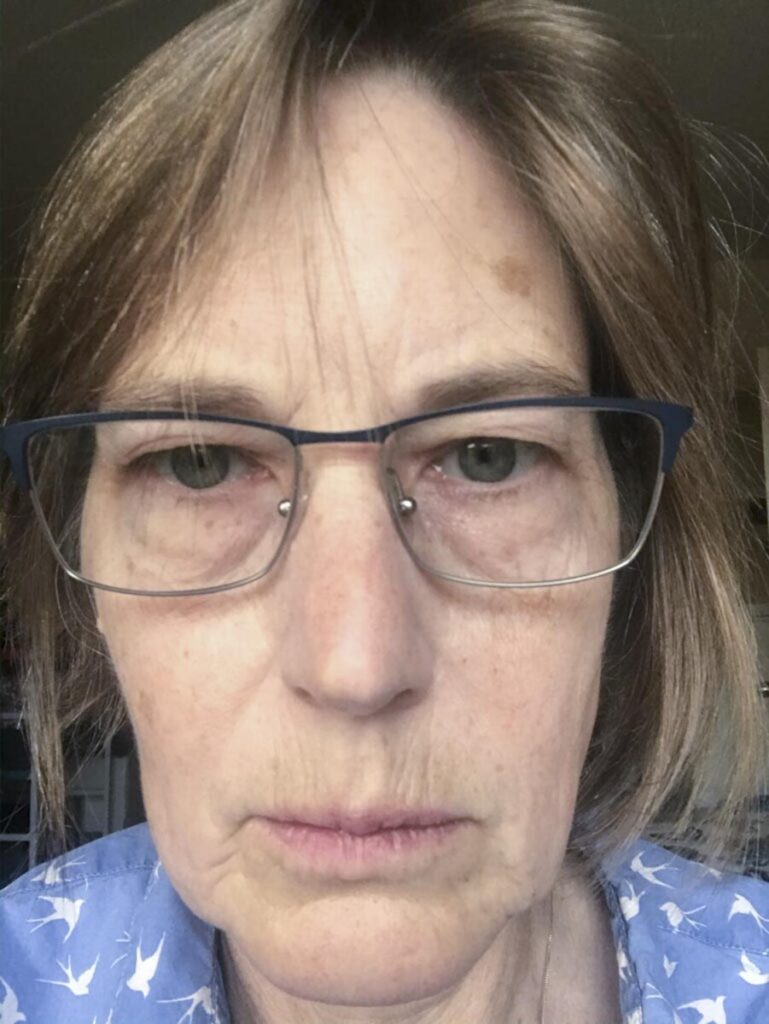
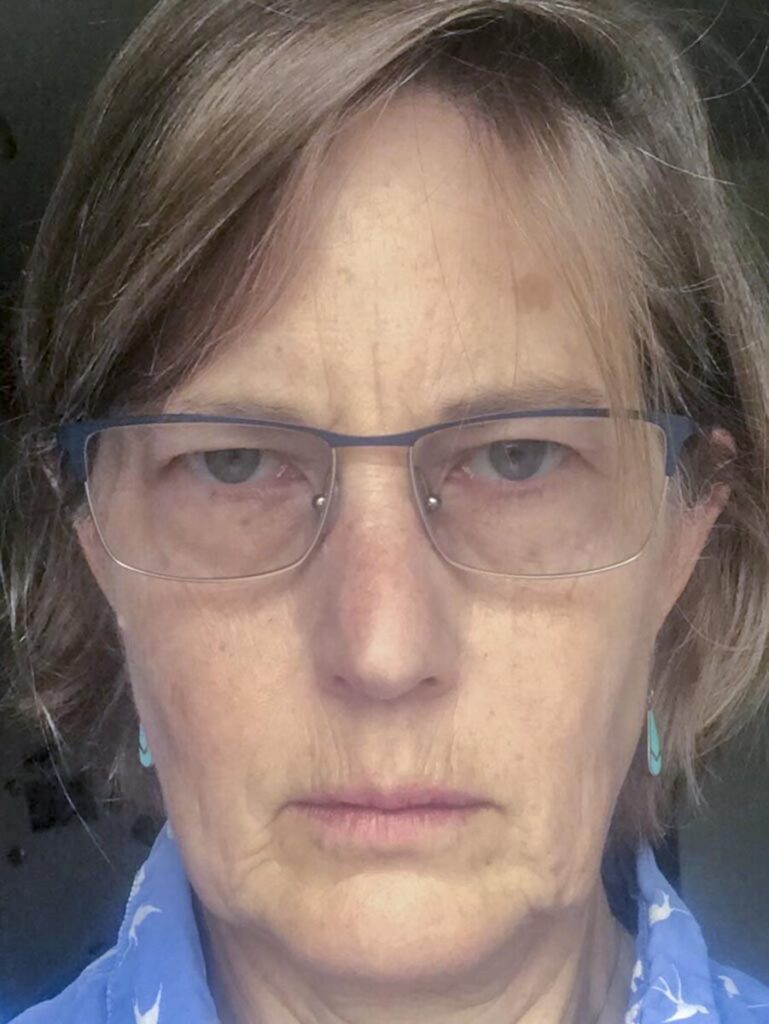




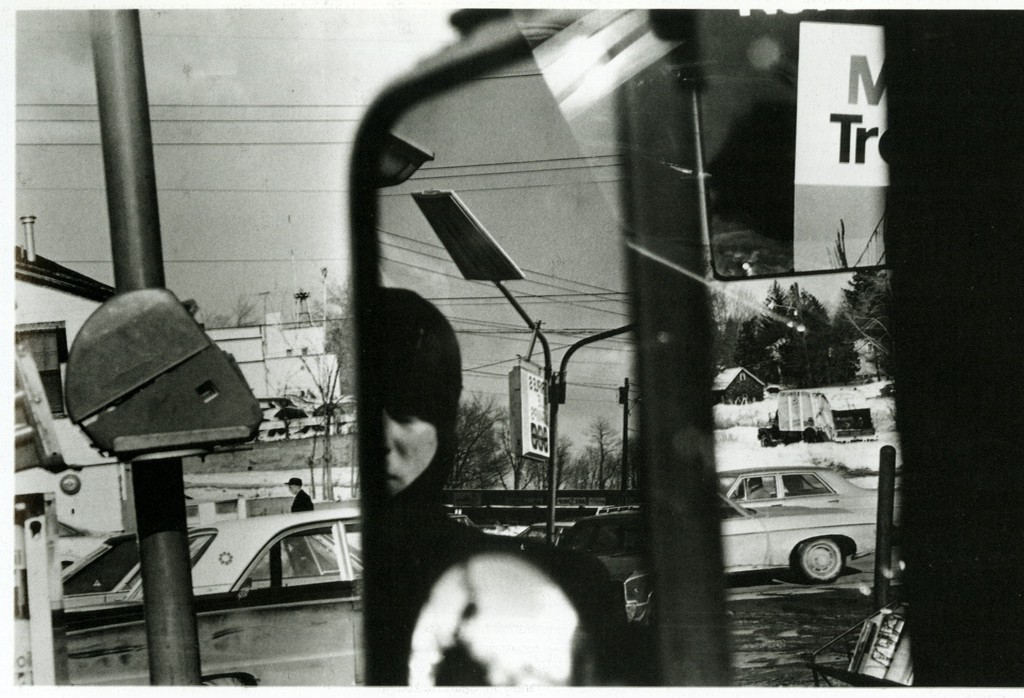
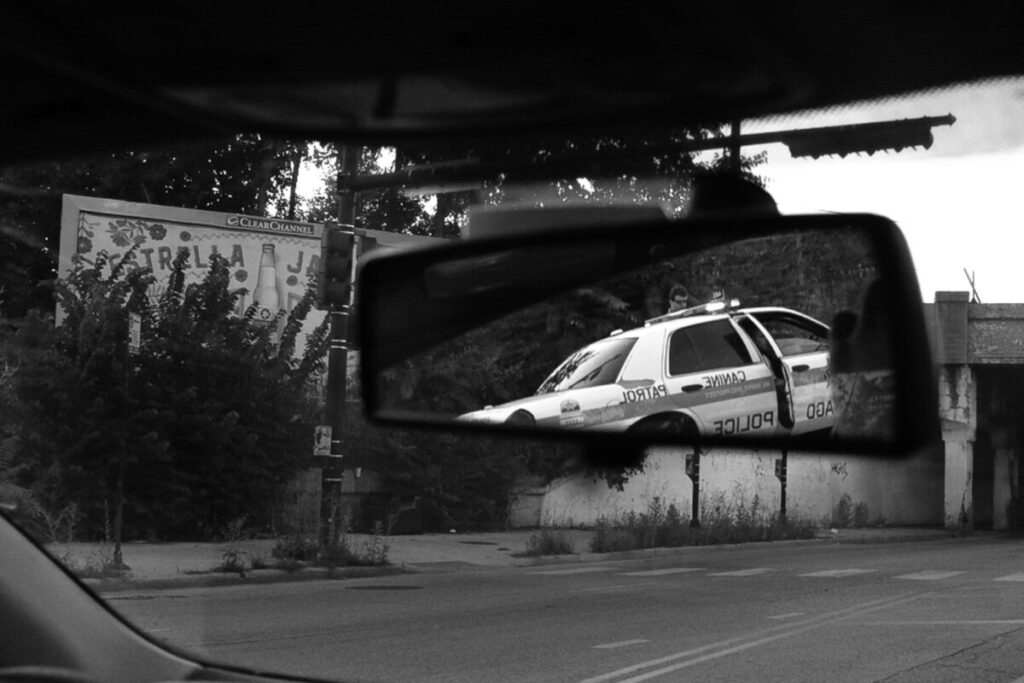


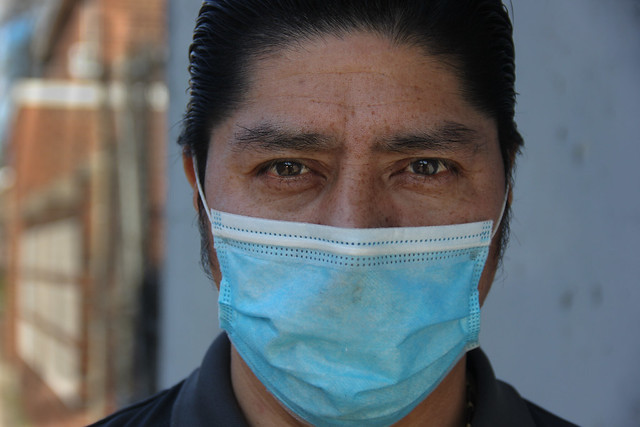


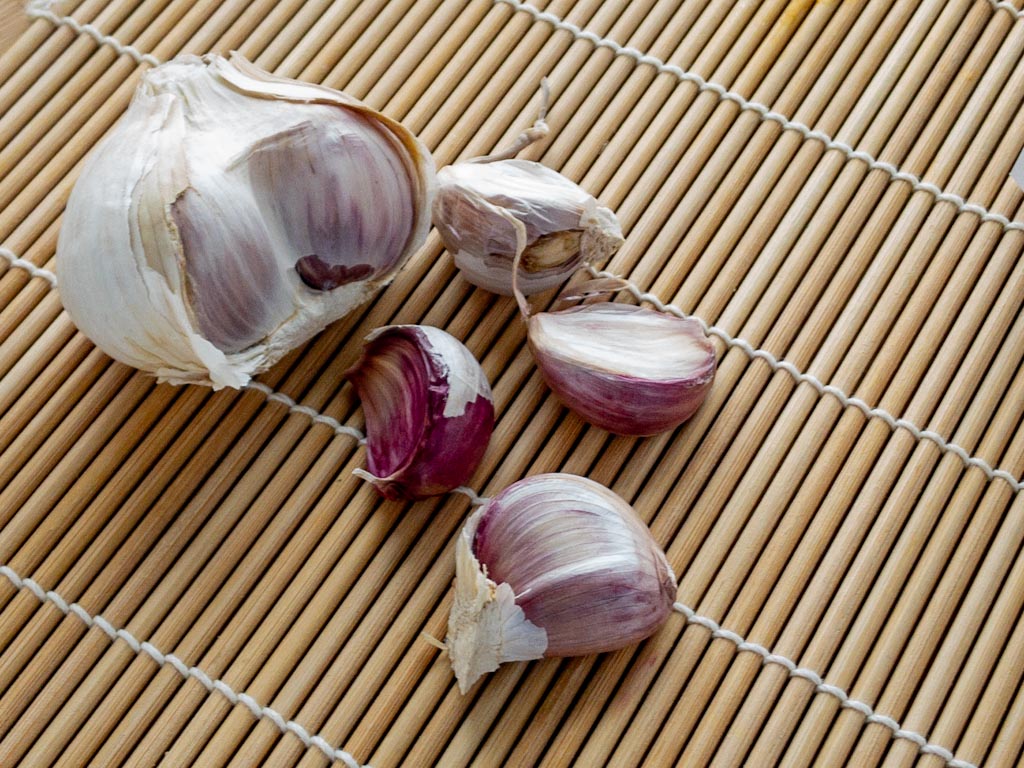

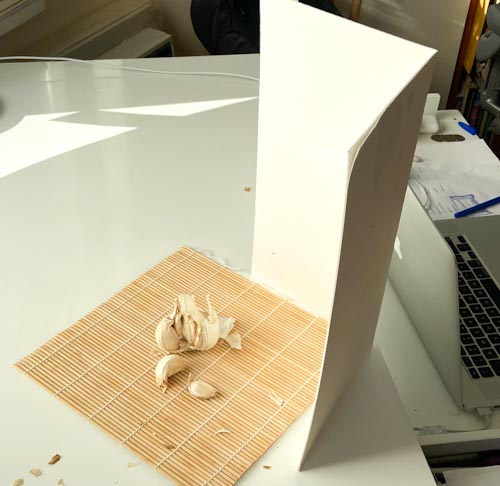
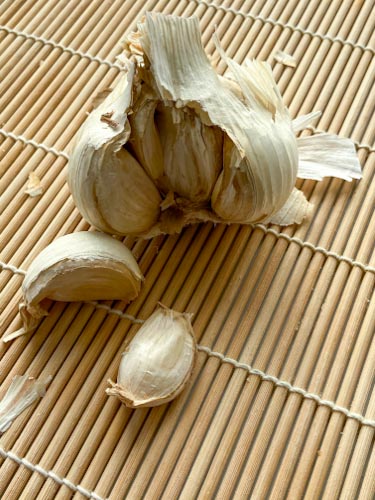
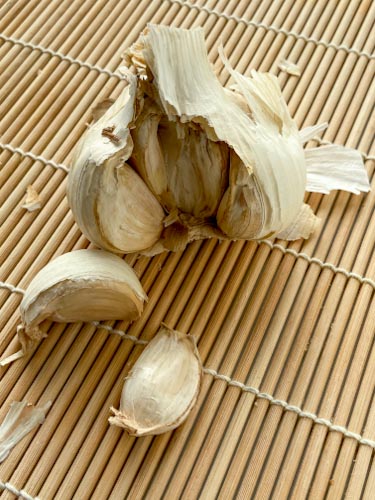






Recent Comments